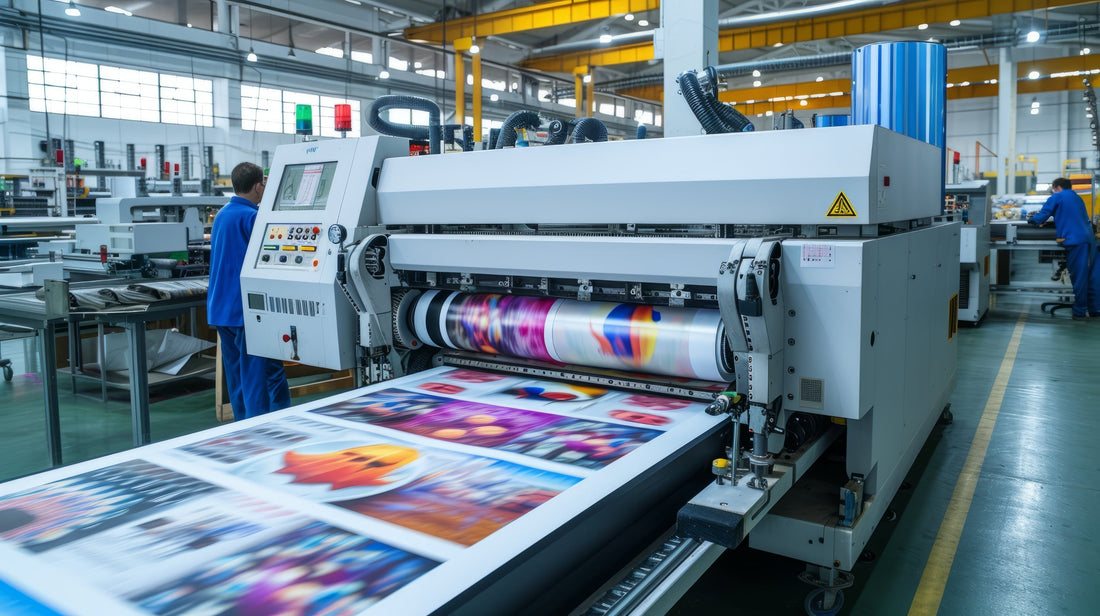
The Future of Printing: Where Tradition Meets Technology
Share
In a world dominated by screens, touchpads, and digital content, you might think printing is a dying art. But look a little closer, and you’ll see the printing industry quietly transforming—fusing creativity with cutting-edge technology to stay more relevant than ever. From sustainable materials to 3D innovations, printing is evolving into a dynamic field that’s shaping industries in surprising ways.
The Digital Renaissance of Print
Ironically, digital technology hasn’t killed printing—it’s made it smarter. Businesses are now combining print and digital experiences to create deeper emotional connections. Think of interactive QR codes on product packaging, or augmented reality (AR) print ads that come to life when viewed through your phone.
Print marketing today isn’t about mass production—it’s about personalization. Variable data printing (VDP) allows brands to tailor every brochure, postcard, or package to an individual customer’s name, preferences, or even purchase history. In a world full of digital noise, that personal touch makes print feel tangible and authentic.
Sustainability: Printing’s New Core Value
Eco-conscious printing has become a defining trend. The industry has moved away from harsh chemicals and wasteful methods, embracing sustainable inks (like soy-based alternatives) and recyclable or biodegradable paper stocks.
Many modern print shops are adopting carbon-neutral printing—offsetting emissions by investing in renewable energy or reforestation projects. Customers, too, are driving this change, demanding that brands prove their environmental responsibility through every detail, right down to the packaging label.
3D Printing: From Imagination to Reality
While traditional printing puts ink on paper, 3D printing builds entire objects layer by layer. This technology is transforming industries from healthcare (printing prosthetics and implants) to construction (printing entire houses).
In design and manufacturing, 3D printing enables rapid prototyping, reducing development time and cost. What used to take weeks can now be done in hours—an absolute game changer for innovation.
Print as an Experience
One of the most fascinating developments is the redefinition of print as a sensory experience. Unlike digital screens, print engages touch, sight, and even smell. Premium packaging, embossed textures, metallic finishes, and custom typography transform ordinary items into memorable brand moments.
Luxury brands in particular understand this well—think of opening an Apple product box or a high-end perfume package. The feel, the weight, the texture—all part of the storytelling.
Why Print Still Matters
Despite our digital dependence, humans crave physicality. We scroll endlessly through screens but still value the permanence of something we can hold, gift, or display.
Printed materials—be it books, business cards, or art—carry emotional weight. They represent time, thought, and craftsmanship. In marketing, that translates into trust and brand credibility.
In short, print has evolved from being a communication tool to becoming a brand experience—one that blends creativity, sustainability, and technology to make a lasting impression.
Final Thoughts
The future of printing isn’t about competing with digital—it’s about complementing it. As technology continues to evolve, so too will the possibilities of print. From sustainable innovations to immersive experiences, the industry stands as proof that even in a digital-first world, some things are simply better when they’re real.
